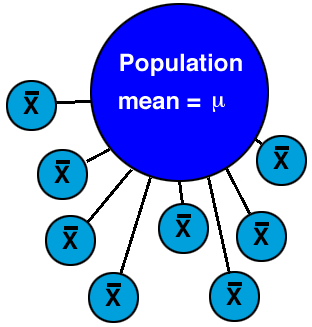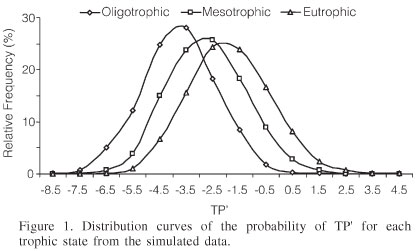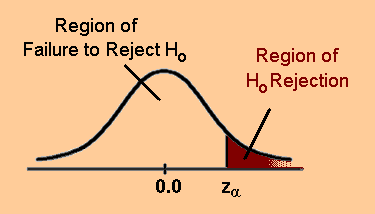Comparing Means and Deviations
The Z-test
To compare two different distributions (note that the KS
test has more power than this Z-test ), one
makes use of a tenant of statistical theory which
states that
The error in the mean is calculated by dividing the dispersion
by the square root of the number of data points.

The error in the mean can be thought of as a measure of how realiable
a mean value has been determined. The more samples you have, the more
reliable the mean is. But, it goes as the square root of the number
of samples! So if you want to improve the reliability of the mean value
by a factor of 10
you would have to get 100 times more samples. This can be difficult
and often your stuck with what you got. You then have to make use of it.
Ultimately the purpose of this test is to see if two distributions are
significantly different from one another:

The Z-test is especially useful in the case of time series data where you
might want to assess a "before and after" comparision of some system to
see if there has been effect.
It is often said that you can only use the Z-test when you have a sample
that your comparing against a parent population of known Mean and Standard
Deviation. This is not really true - you can always use the z-test when
comparing two samples.
Here is a specific example of the Z-test application:
Eugene vs Seattle Rainfall comparison over 25 years (so N = number of samples = 25):
| Eugene | Seattle |
|---|
mean = 51.5 inches | mean = 39.5 inches |
dispersion = 8.1 | dispersion = 7.0 |
N = 25 | N = 25 |
error in mean = 8.1/5 | error in mean = 7.0/5 |
error in mean = 1.6 | error in mean = 1.4 |
The difference in mean rainfall between Seattle and Eugene is
(51.5 - 39.5) = 12 inches
which is 12/(sqrt(1.6^2 +1.4^2)) =6 dispersion units difference in the mean value.
Thus there is a highly significant difference in the mean annual
rainfall between Eugene and Seattle.
Note this method is only an approximation. A more exact and proper
way to compare two sample means will be given later.
Comparing Two Sample Means - Find
the difference of the two sample means in units of sample mean
errors.
Difference in terms of significance is:

But for comparing two samples directly one needs
to compute the Z statistic in the following manner:

In general, in more qualitative terms:
- If the difference in means between two samples is less than
2.0 dispersion units, the two samples are the same.
- If the difference in means between two samples is between 2.0 and
2.5 dispersion units, the two samples are marginally different
- If the difference in means between two samples is between 2.5 and
3.0 dispersion units, the two samples are significantly different
- If the difference in means between the two samples is more then
3.0 dispersion units, the two samples are highly signficantly different
In many research areas the cricital value of Z (Zcrit) is 2.33 which
represents p =0.01 (shaded area below has 1% of the total area of the probability
distribution function)

Example
Excel
But see the z-test in the
Stastical Tools Calculator since its more straightforward to use.




